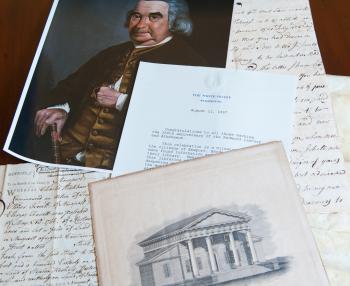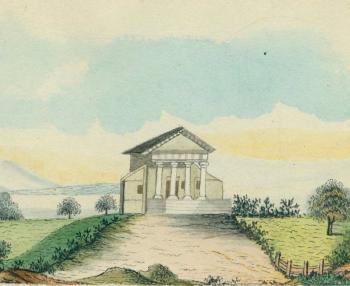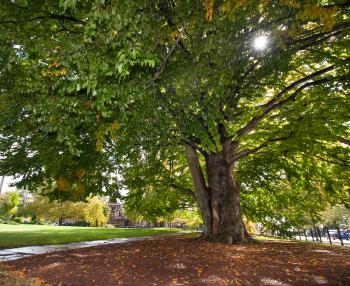History
The Redwood Library and Athenaeum is America’s first purpose-built library (1747), and the oldest continuously operating in its original location.
Our History
The Redwood Library and Athenaeum is America’s first purpose-built library (1747), and the oldest continuously operating in its original location. As such, it is the only remaining secular public cultural institution in this country with an unbroken link to the colonial period and the Nation’s founding. Housed in the earliest public Neoclassic building in the U.S., and containing Rhode Island’s first art gallery (1875), it has functioned for nearly three-hundred years as Newport’s intellectual core, a humanities center and civic learning hub styled after ideals of ancient Athenian culture and philosophy.
As an athenaeum—an interdisciplinary ‘think space’ comprising a library, museum, and research center—the Redwood is home to exceptional collections. The Library contains 200,000 volumes, with particular strengths in early American history and material culture, early modern architecture, decorative arts and garden design, eighteenth-century European illustrated books, and the history of Newport and Rhode Island. The museum holds an important collection of portrait paintings and artifacts, and features two gallery spaces for rotating exhibitions. With these resources the Redwood provides a range of cultural experiences and services: lectures, concerts, and exhibitions, in addition to a lending library and the facilities for the scholarly study of its historic holdings.
Created as a community endeavor by its namesake and forty-six original proprietors—what has been described as the single “greatest act of philanthropy in colonial America”—the Redwood Library was established to “propagate virtue, knowledge and useful learning with nothing in view but the good of mankind.” Its premise is that an educated citizenry undergirds civil society and a strong republic. Today, with an acknowledgement of its founding on the profits of the slave economy of the eighteenth-century sugar trade, it is explicitly committed to the public humanities, defined here as the use of history and culture to address diverse communities so as to create a more enlightened and equitable world. History thus embeds the Redwood’s existence and activities in civic education and public service, guided by the values of integrity, empathy, community and innovation, as well as by the belief in the power of the liberal arts to address our shared humanity.
The Redwood’s institutional approach, as evident in the range of its programs and offerings, capitalizes on its unique position as a hybrid institution able to stimulate intellectual pursuit across multiple periods and diverse subjects. This approach originates in the Redwood’s historic multi-dimensional charge as a site where to gain both theoretical and practical knowledge, itself a recognition that the world—then as now—is best viewed from multiple perspectives. It was in order to reflect this expansiveness that the term athenaeum was added to the Library in 1833, formalizing the institution’s embrace of the historic and the contemporary, the theoretical and the practical, as well as the literary and the visual. Hence the addition of Rhode Island’s first art gallery to the nation’s first library in 1875.
Today, nearly three centuries after its inception as a premier institution of the American Enlightenment, the Redwood continues to create and transmit knowledge in multiple ways—both on site and online—fostering inclusiveness by cultivating a variety of constituencies and catering to their broad interests. The Redwood aims not only to provide accessible humanities programming for the widest possible audience, but also to specifically address: researchers, students, culture tourists, the underserved, in addition to local patrons seeking communal cultural experiences alongside the solitary digestion of books.
Originally conceived to service southern New England in between—and in dialog with—Harvard and Yale, the Redwood might ultimately best be understood as a symbol. In the eighteenth century, a fast-changing world with striking parallels to our own, it symbolized the intellectual aspirations of a nascent America, and the fundamental American belief in the uplifting power of education and self-reliance. Today, in an age of reductive news cycles, the Redwood stands for the hard-earned benefits of historical understanding, enabling us to draw lessons from the past to navigate and improve the present, as well as to shape the future.
Our Building
Of all the early libraries founded in the American Colonies, Redwood Library and Athenæum is the oldest one still housed and operating in its original building. Redwood Library was the first major architectural commission of Peter Harrison. His Doric design, widely copied since then, was the first such use in the New World. Harrison, who had amassed the greatest private architectural library in the colonies, chose his designs for this building from among patterns reproduced in the pages of the most stylistically advanced architectural books of his day. The model for the Redwood Library, a Roman Doric temple with portico and wings, was probably derived from the headpiece of Book IV of Edward Hoppus’ 1735 edition of Andrea Palladio’s architecture.
The building is crafted of wood “rusticated” to look like stone. This was done to make use of native materials, while imitating the look of stone that was in accordance with the current English Palladian taste. The two small projecting wings of the façade provided for office space and allowed for four large windows on the front as well as three small “attic” windows. This was the view of Redwood noticed by Thomas Jefferson when he visited Newport in 1790 as Secretary of State in the company of President Washington. Jefferson began championing classical architecture as the model for public buildings in the new Republic. So it is that Redwood Library is possibly one of the most architecturally influential buildings in America.
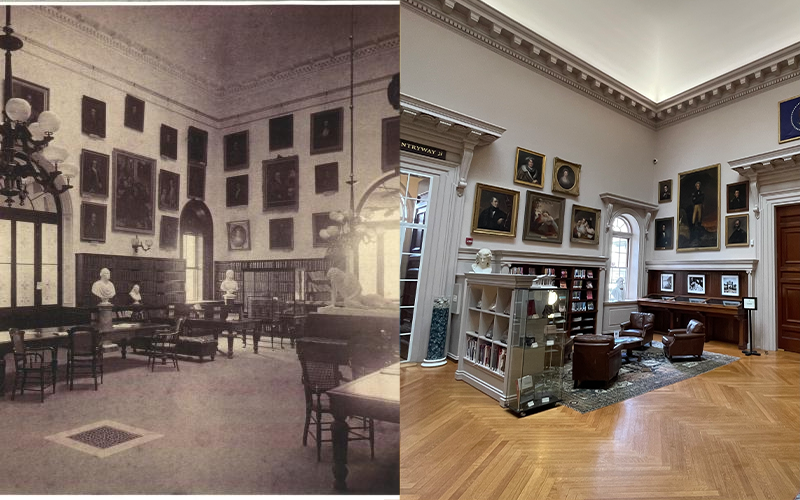
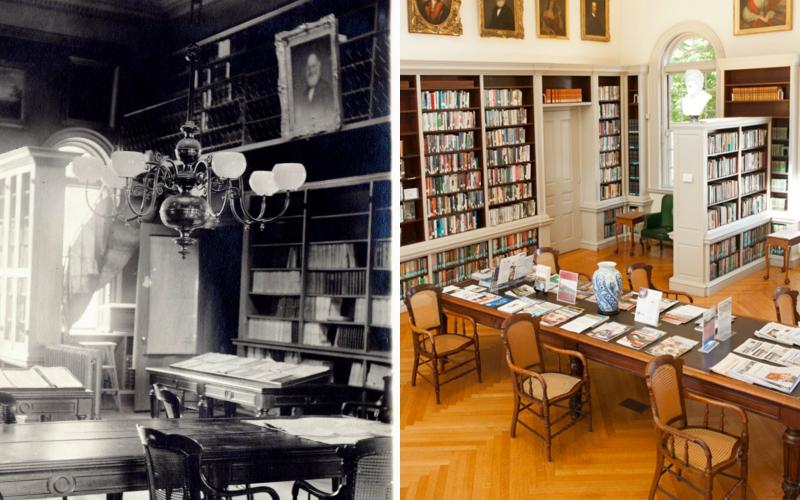
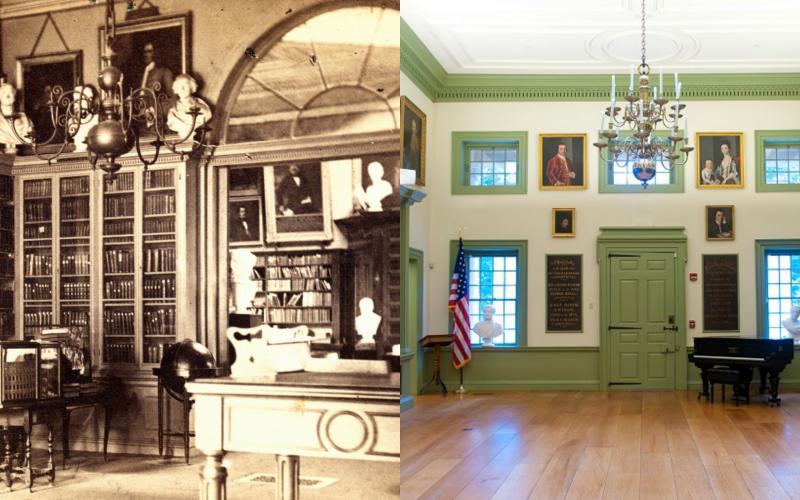

Our Grounds
The Redwood Library was erected on grounds donated by Henry Collins, nicknamed “Newport’s Lorenzo de Medici,” which he had previously used as a Bowling Green. Typical of the period, there was no noteworthy landscaping that accompanied the Redwood’s stunning architecture. In fact, the landscape was so rustic that in the years following the Revolutionary War, the Librarian was specifically allowed to graze a “cow or horse in the Library yard, but no hogs.”
It was not until the Redwood’s renewed fortunes in the nineteenth century that further efforts were made towards the landscaping. In the 1830’s walks were laid out and the institution received a number of botanical gifts including the Fernleaf Beech in 1835, now a cherished local landmark. The Redwood acquired the corner property at Bellevue and Old Beech Road in 1934. Architect John Russell Pope was engaged to create a park area adjoining the Library. Pope designed a long flagstone-paved allée leading to the Redwood Summer House, which was added to the Redwood grounds in 1917. The Redwood Summer House is a pavilion built in 1766 by Peter Harrison for Abraham Redwood’s country seat in nearby Portsmouth, Rhode Island. In 1932, the Redwood received a copy of the Houdon bronze statue of George Washington, which now resides on the side portico.
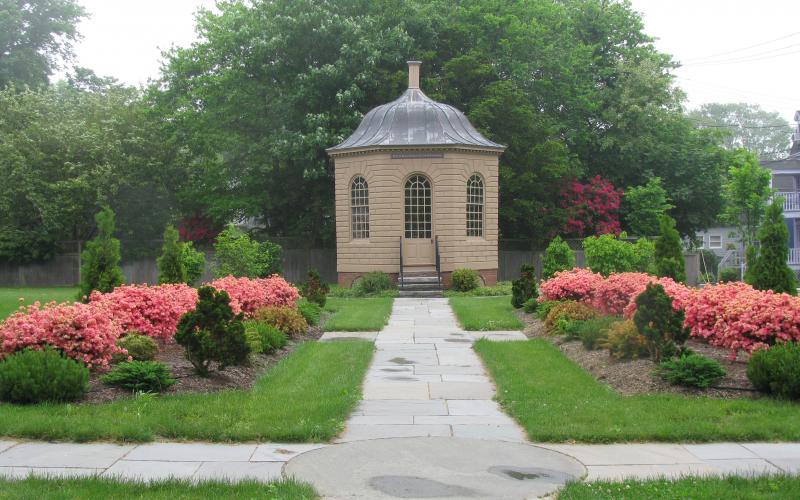


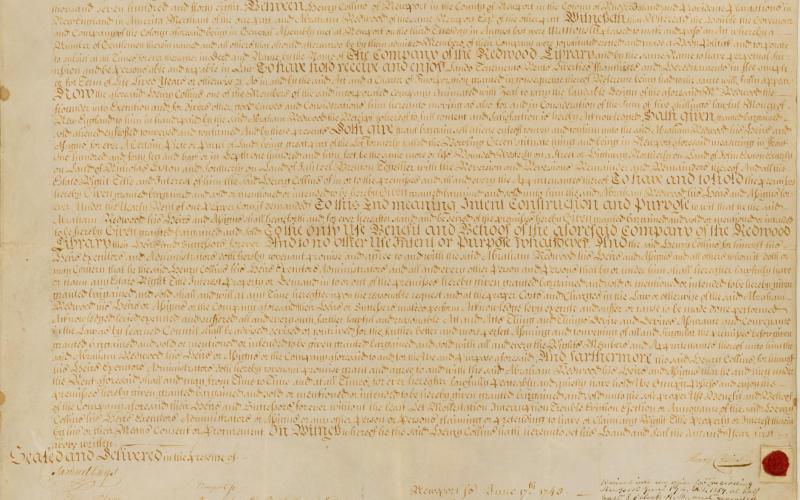
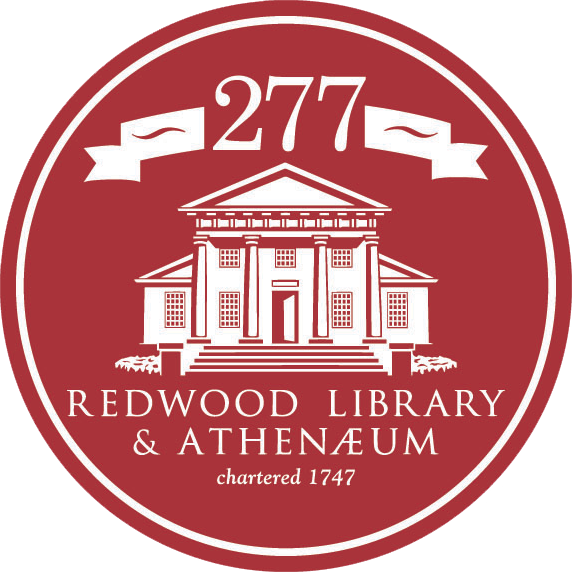
Hours
Tues. – Sat. 10 am – 4 pm
Sunday 1 pm – 5 pm
Closed Monday

